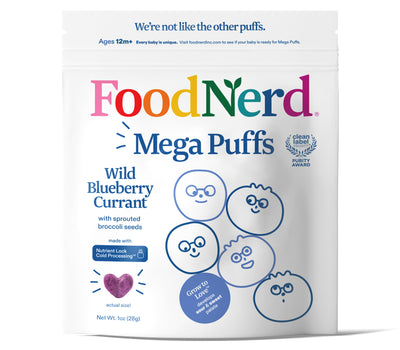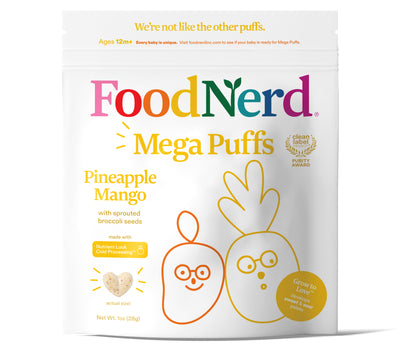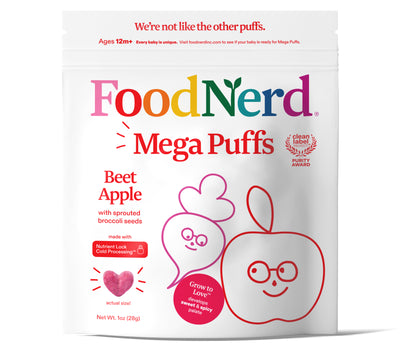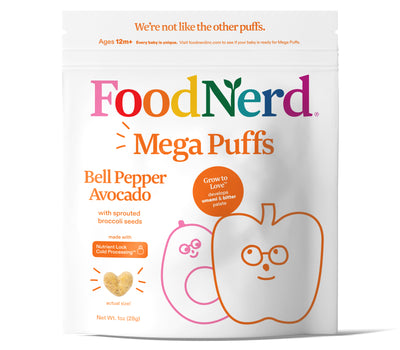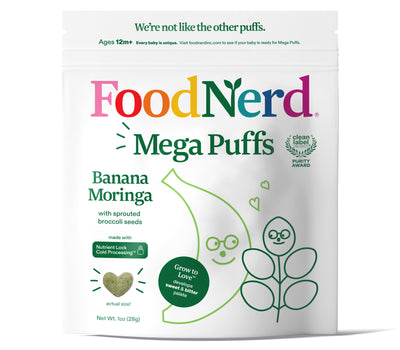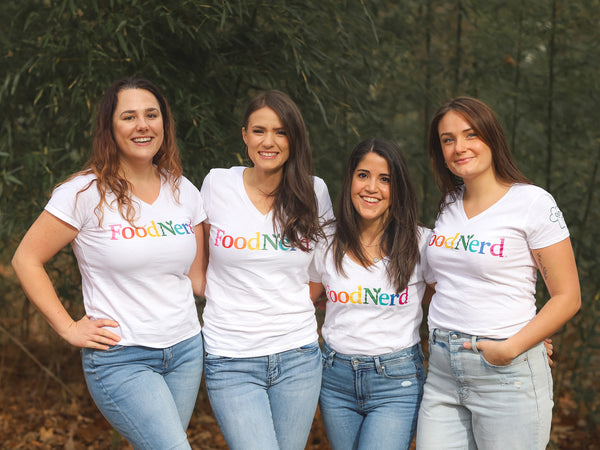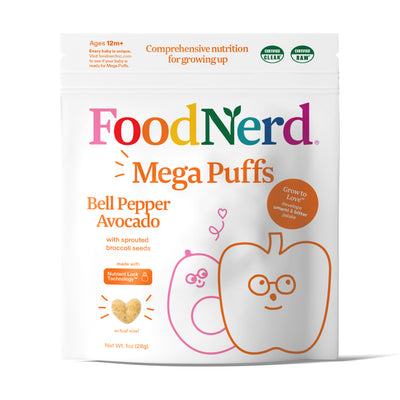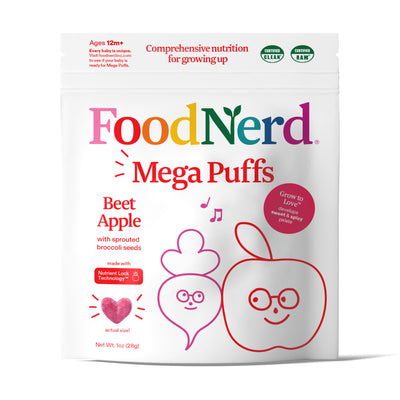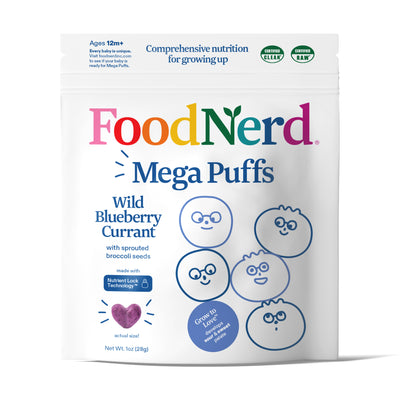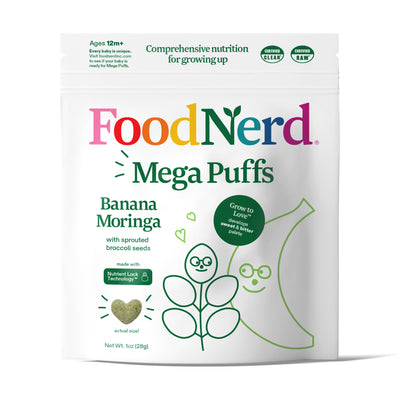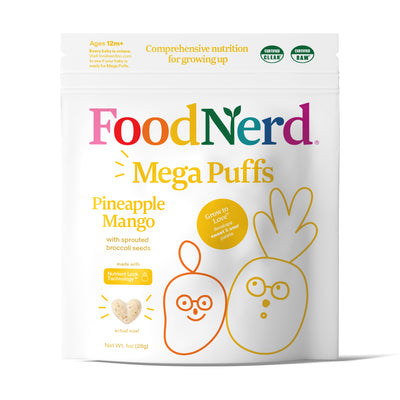Picture this — you just sat down to eat a bright, colorful salad made with loads of leafy greens and lots of fresh vegetables, topped off with walnuts, avocado, and a homemade salad dressing.
Making healthy, plant-based eating a priority is great, but…
There may be one important consideration that has been left out. As the old saying goes, “you are what you eat,” but we respectfully disagree.
You are not necessarily what you eat; you are what you assimilate. And to assimilate nutrients or absorb and utilize them, they need to be bioavailable.
What is Bioavailability?
The bioavailability of nutrients is the amount of these elements absorbed from the small intestine (the primary site of absorption in the digestive tract) into the bloodstream, which is transported to cells that need it or stored for later use.
Why is bioavailability important?
Just because you consume various nutrients doesn’t mean that 100% of them make their way to your bloodstream and the cells that need them.
It has little value until a nutrient passes from the digestive system into the bloodstream.
Bioavailability of Macronutrients Versus Micronutrients
Nutrients can be broken down into two categories: macronutrients and micronutrients. Macronutrients provide the body with calories and are needed in larger quantities. There are three macronutrients: carbohydrates, proteins, and fats.
The bioavailability of macronutrients is usually very high—about 90% or more is absorbed into the bloodstream and utilized by the body. Macronutrients must be digested and broken down into smaller components to become bioavailable. Carbohydrates are broken down into glucose (simple sugars), proteins into amino acids, and fats into fatty acids and glycerol.
On the other hand, micronutrients are needed in smaller quantities. They are vitamins, minerals, and phytochemicals (to learn more about phytochemicals, look at our previous blog articles on sprouts!). Although we need fewer micronutrients, this has no bearing on their importance—they are vital for life and significantly impact our health.
The bioavailability of micronutrients can vary greatly, meaning that they differ in the extent to which they are absorbed and utilized by the body.

What Factors Affect Bioavailability?
Bioavailability is a complex process that involves several phases, including liberation (digestion), absorption, distribution, metabolism, and elimination.
At any point during these phases, a change in nutrient bioavailability may occur. There are also additional factors outside these phases that affect the bioavailability of a nutrient. Some of them are:
I. Digestion
The first step to making a nutrient bioavailable is to break it down or “liberate” it from its food matrix so that it is in an absorbable form. This is defined as bioaccessibility.
How exactly does this work?
The digestive organs of interest are the mouth, stomach, and small intestine. To fully digest our food, we must:
- Chew the food well; digestive enzymes secreted by the salivary glands also mix with the food to help break it down.
- The food is further broken down by the strong muscles of the stomach, which mix the food with hydrochloric acid and digestive enzymes; this turns the food into a liquid paste called chyme.
- The chyme enters the small intestine, which is broken down further by pancreatic digestive enzymes and bile; adequately digested nutrients are absorbed through the small intestine's lining into the bloodstream.
If nutrients are not absorbed, they will pass through the small intestine into the large intestine, eventually excreted through the feces.
II. Enhancers Versus Inhibitors
At the site of absorption in the small intestine, nutrients may interact with one another or other dietary components, leading to a change in bioavailability. Enhancers are factors that increase bioavailability, whereas inhibitors decrease bioavailability. Enhancers and inhibitors can cancel each other out, resulting in a nutrient that cannot be absorbed and utilized by the body.
Enhancers
- The presence of some micronutrients may enhance the absorption of others:
- Vitamin C improves absorption of nonheme iron (iron found in plant-based sources)
- Vitamin D improves absorption of calcium, phosphorous, and magnesium
- Adding fat to a meal may enhance bioavailability:
- Carotenoids are fat-soluble and need a small amount of fat or oil added to the meal to improve their bioavailability
Inhibitors
- The presence of some micronutrients may inhibit the absorption of others:
- High levels of Zinc decrease the absorption of iron and copper
- The presence of absorption inhibitors (also known as anti-nutrients)
- Phytates found in plant foods (legumes, grains, edible seeds, and nuts) block the absorption of some minerals including calcium, zinc, iron, magnesium, and manganese
- Oxalates found in plant foods (spinach, coffee, berries, etc.) block the absorption of some minerals including calcium, zinc, and iron
The good news is that there are ways to reduce phytates in plant foods. For instance, sprouting grains, edible seeds, nuts, and legumes significantly decreases their phytic acid content. This makes the food easier to digest and also allows for enhanced absorption of the minerals present in these foods.
III. Individual Variability
When nutrients are digested, the amount that becomes absorbed and eventually used by your cells depends on your body’s needs, which are primarily individualized. The rate and amount of absorption that takes place vary widely among different people and are impacted by factors such as
- Age
- Sex
- Genetic background
- Health status
- Presence of chronic diseases, especially of the digestive tract
- Inflammatory conditions or infections (may reduce the gut’s ability to absorb certain nutrients)
- Level of nutrients already present in your body
- Diet
- Gut microbiome composition
- Pharmaceutical drugs (some drugs may interfere with the absorption of nutrients, such as minerals)

Conclusion
Bioavailability is the key to getting the most nutrition out of our food.
We can eat all the healthy food we want, but if we cannot absorb and utilize the food’s nutrients, it doesn’t do our bodies any good.
Bioavailability is also a determinant of whether a person can reach a state of optimal health—which is what we are all striving for at the end of the day, right?
Sources:
- The European Food Information Council. “Nutrient bioavailability: Getting the most out of food.” EUFIC, 1 Dec 2010, https://www.eufic.org/en/food-today/ article/nutrient-bioavailability-getting-the-most-out-of-food
- Marze, Sébastien. "Bioavailability of nutrients and micronutrients: Advances in modeling and in vitro approaches." Annual review of food science and technology review 8 (2017): 35-55.
- Karaś, Monika, et al. "Digestion and bioavailability of bioactive phytochemicals." International Journal of Food Science & Technology 52.2 (2017): 291-305.
- Rein, Maarit J., et al. "Bioavailability of bioactive food compounds: a challenging journey to bioefficacy." British journal of clinical pharmacology 75.3 (2013): 588-602.
- Schönfeldt, Hester Carina, Beulah Pretorius, and Nicolette Hall. "Bioavailability of nutrients." Caballero, B, P Finglas and F Toldrá, F (eds) The Encyclopedia of Food and Health 1 (2016): 401-406.
